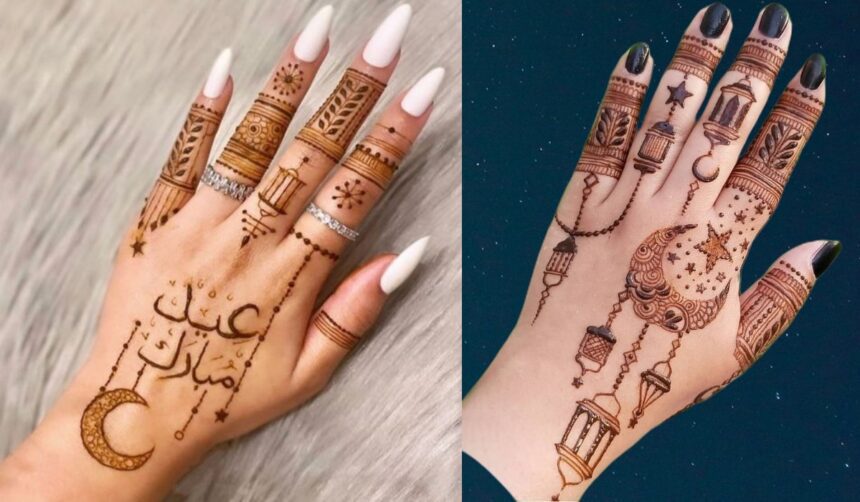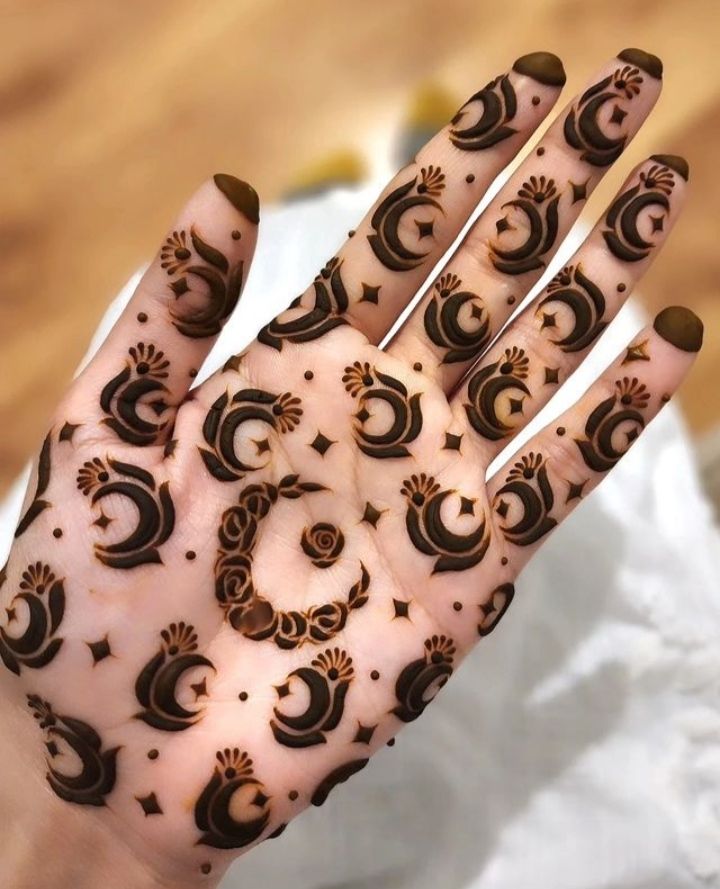Mehndi has been an integral part of Eid celebrations for centuries, symbolizing beauty, joy, and tradition. This Eid, embrace the art of Special Mehndi Designs For Eid and adorn your hands and feet with captivating designs that reflect the spirit of the festivities. These designs offer a unique twist to conventional mehndi art, making them perfect for those seeking a trendy look for Eid celebrations. Eid is a joyous occasion celebrated by Muslims worldwide, marking the end of Ramadan, the holy month of fasting. It’s a time of feasting, prayer, and festivities. In anticipation of Eid, let’s delve into some special mehndi designs for eid that can elevate your celebrations and add a touch of elegance to your festivities.
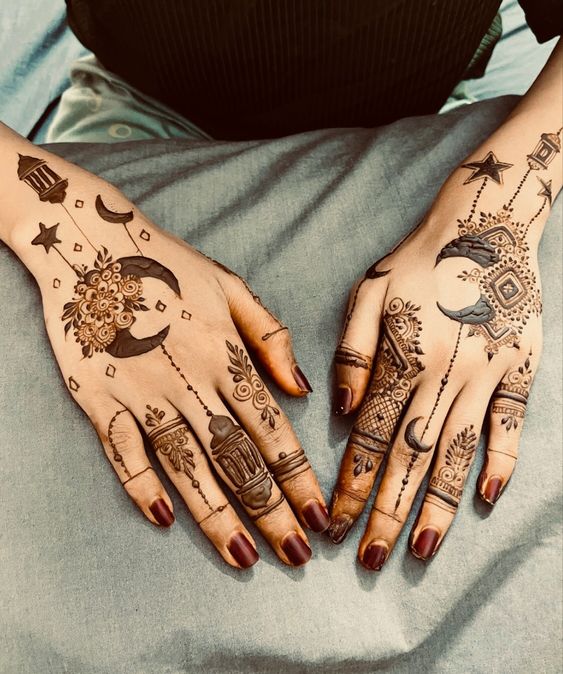 Credit: Pinterest
Credit: Pinterest
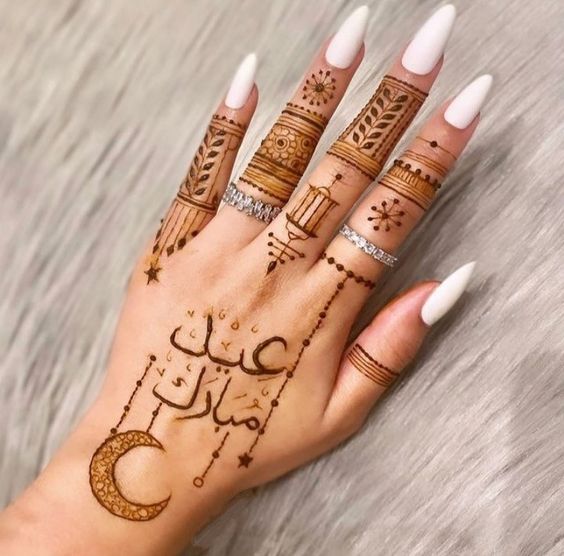 Credit: Pinterest
Credit: Pinterest
Flower with Leaf Henna Tattoo Temporary Body Tattoo Waterproof For Women
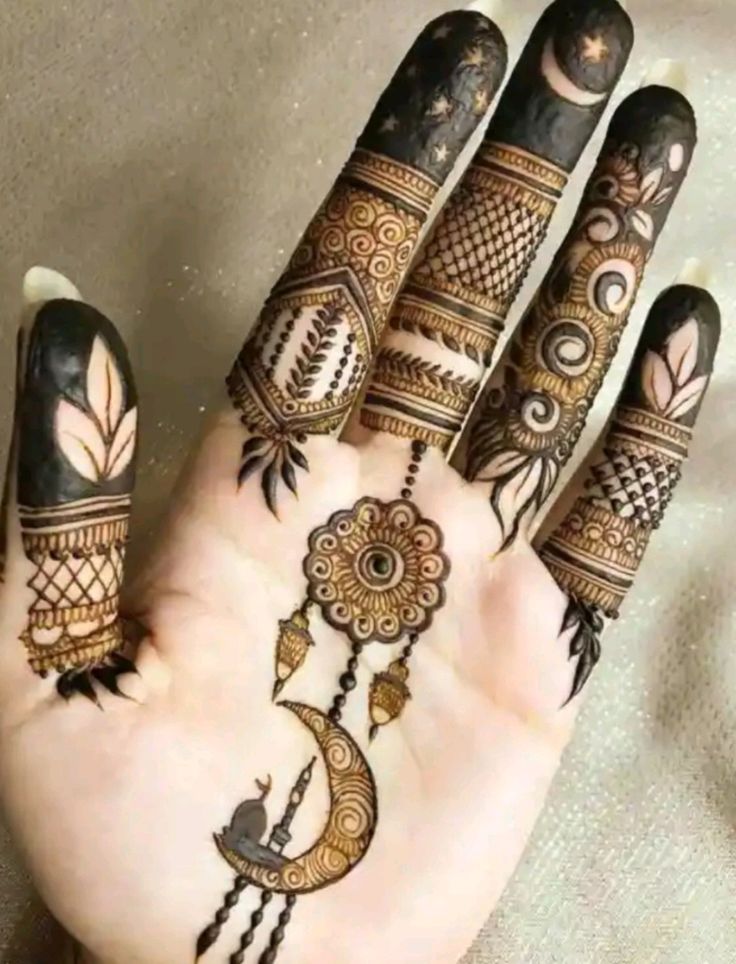 Credit: Pinterest
Credit: Pinterest
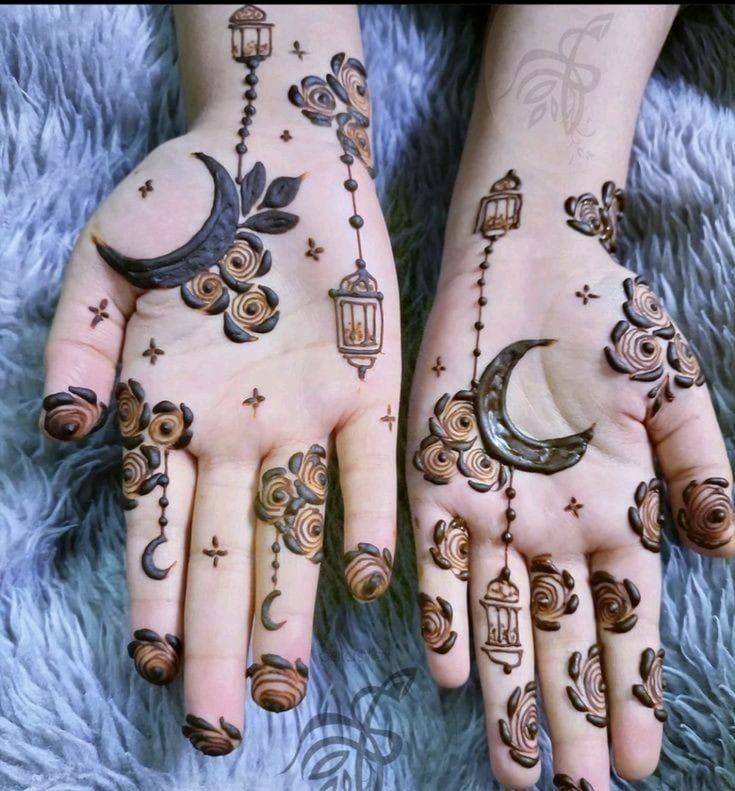 Credit: Pinterest
Credit: Pinterest
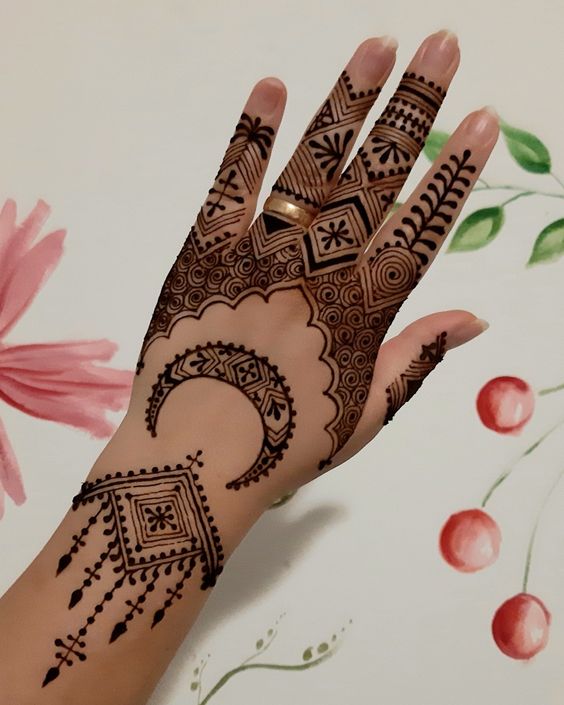 Credit: Pinterest
Credit: Pinterest
Neeta Mehandi Cone 12 Piece Mehendi Cone For Hand Designing
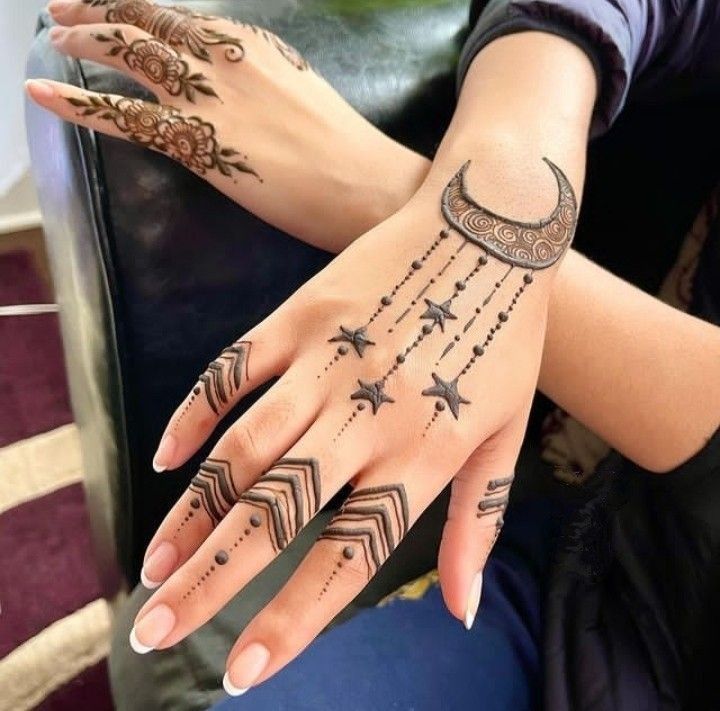 Credit: Pinterest
Credit: Pinterest
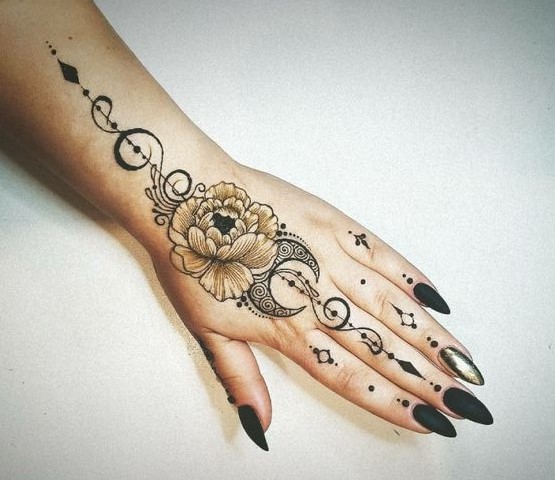 Credit: Pinterest
Credit: Pinterest
Henna Stencil Tattoo (10 Sheets) Self-Adhesive Beautiful Body Art Designs – Temporary Tattoo Temples
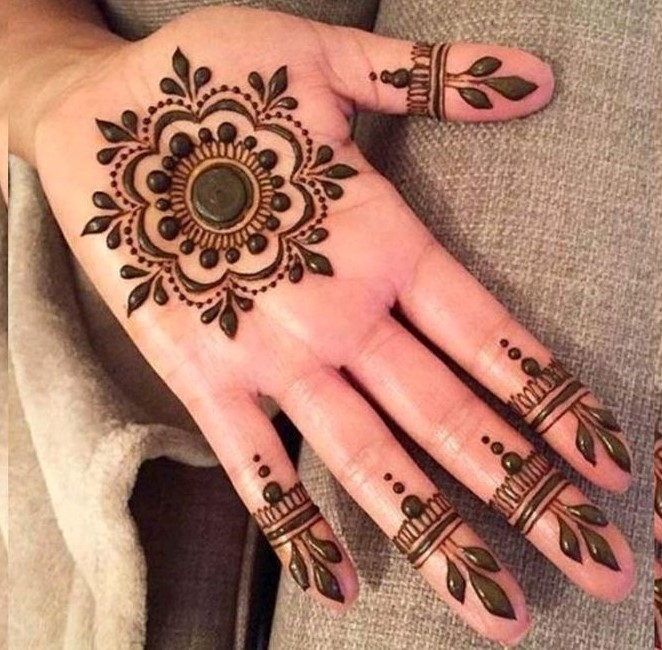 Credit: Pinterest
Credit: Pinterest
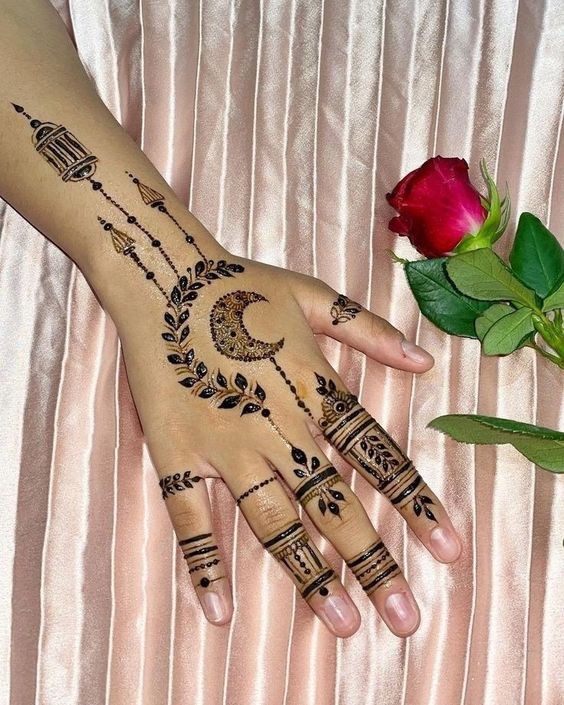 Credit: Pinterest
Credit: Pinterest
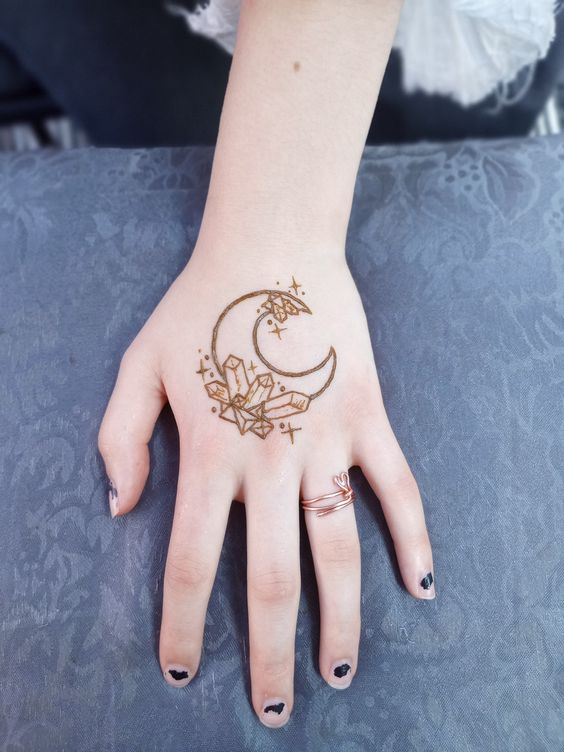 Credit: Pinterest
Credit: Pinterest
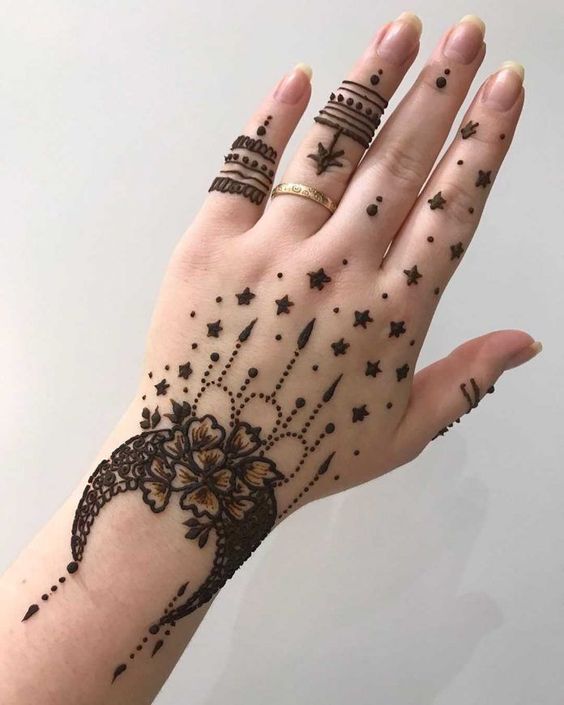 Credit: Pinterest
Credit: Pinterest
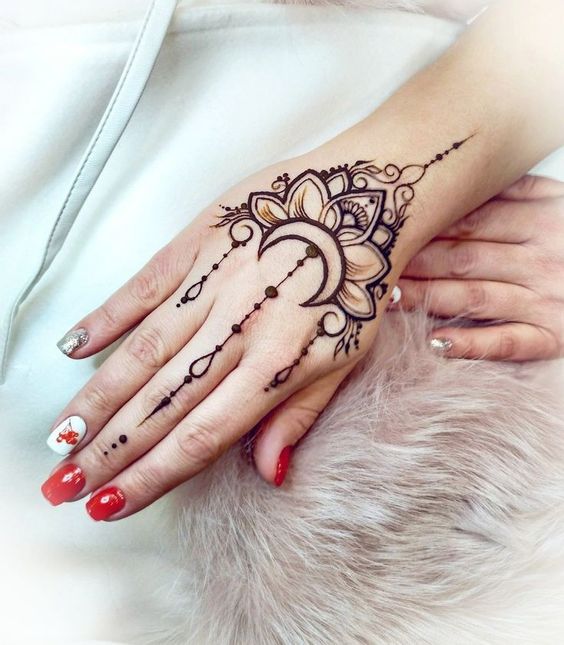 Credit: Pinterest
Credit: Pinterest
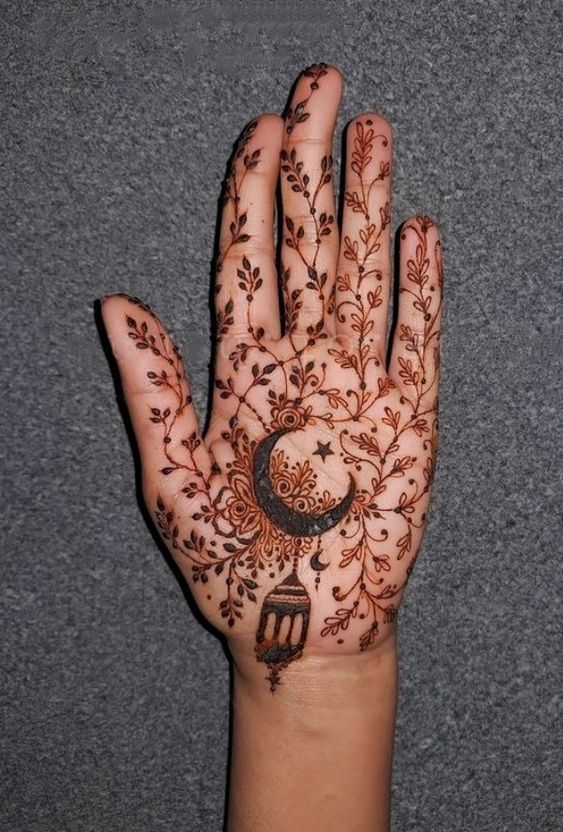 Credit: Pinterest
Credit: Pinterest
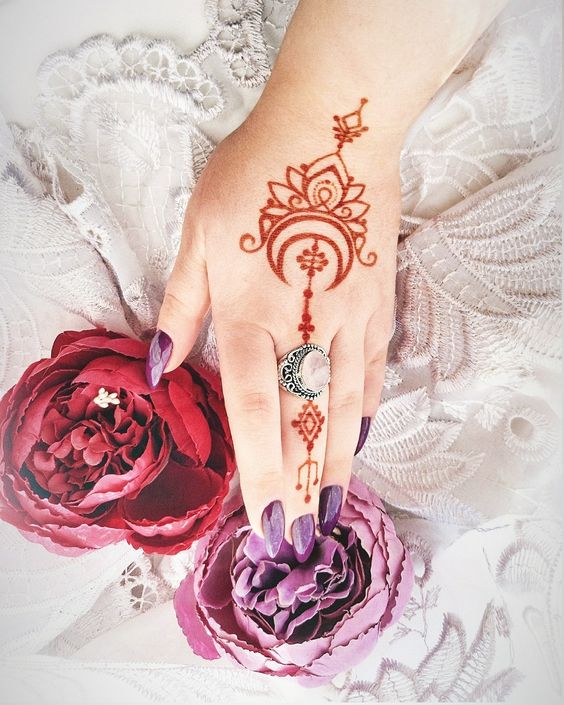 Credit: Pinterest
Credit: Pinterest
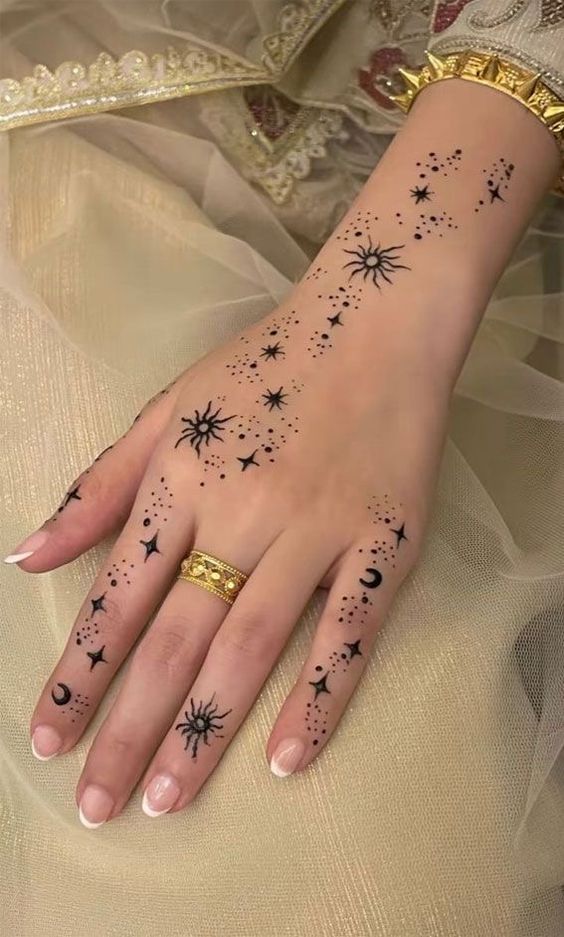 Credit: Pinterest
Credit: Pinterest
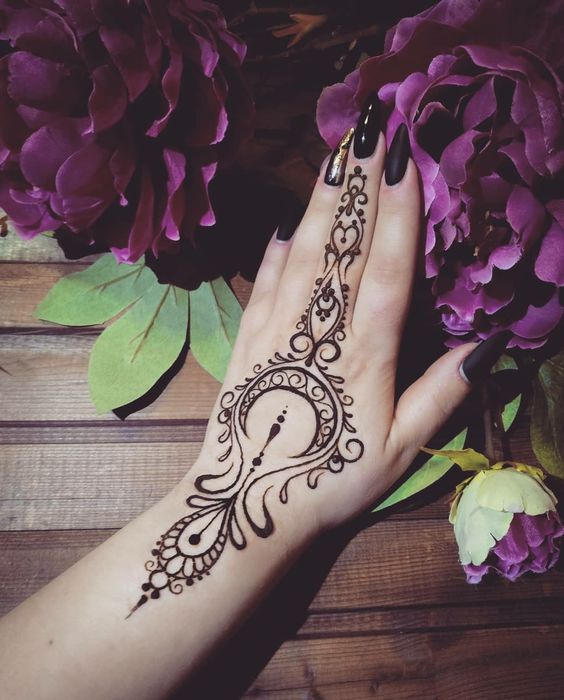 Credit: Pinterest
Credit: Pinterest
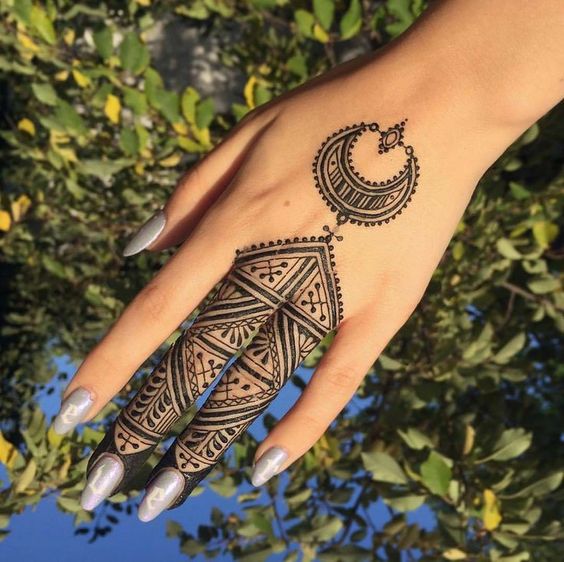 Credit: Pinterest
Credit: Pinterest
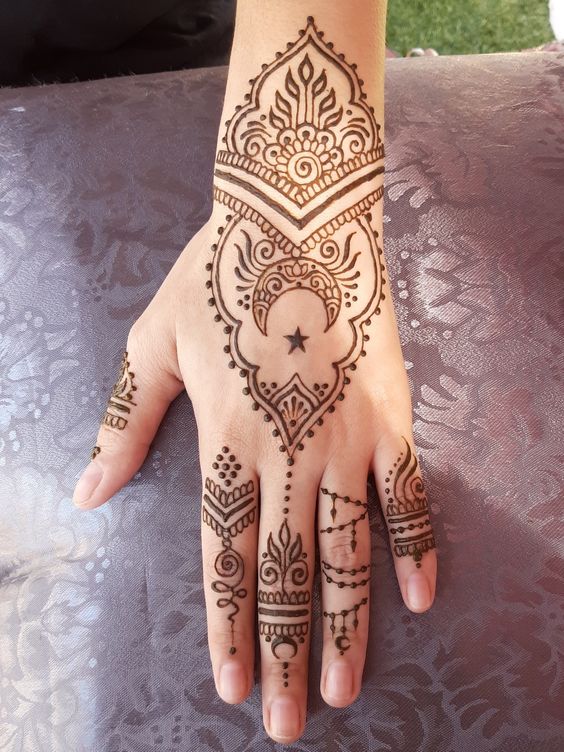 Credit: Pinterest
Credit: Pinterest
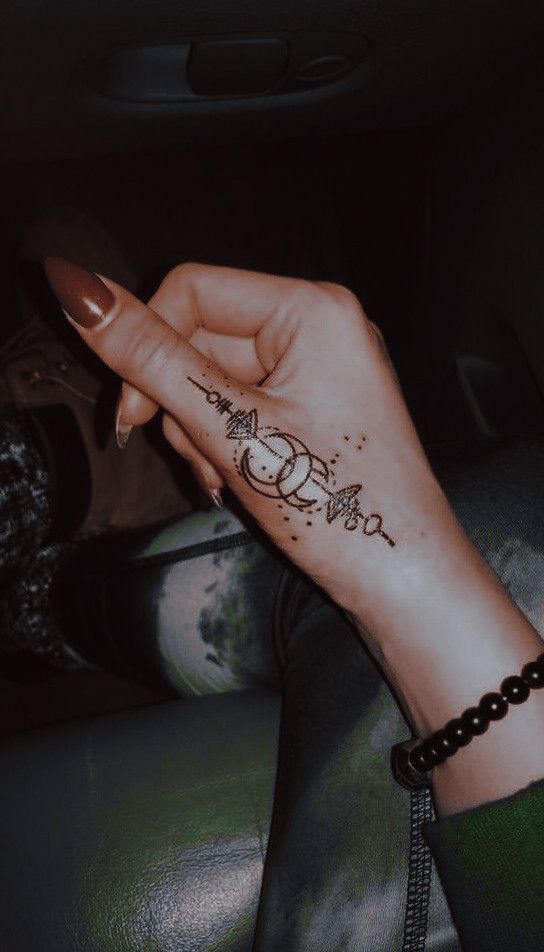 Credit: Pinterest
Credit: Pinterest
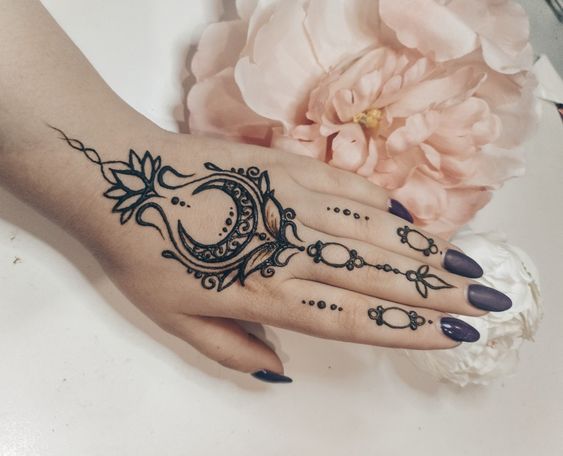 Credit: Pinterest
Credit: Pinterest
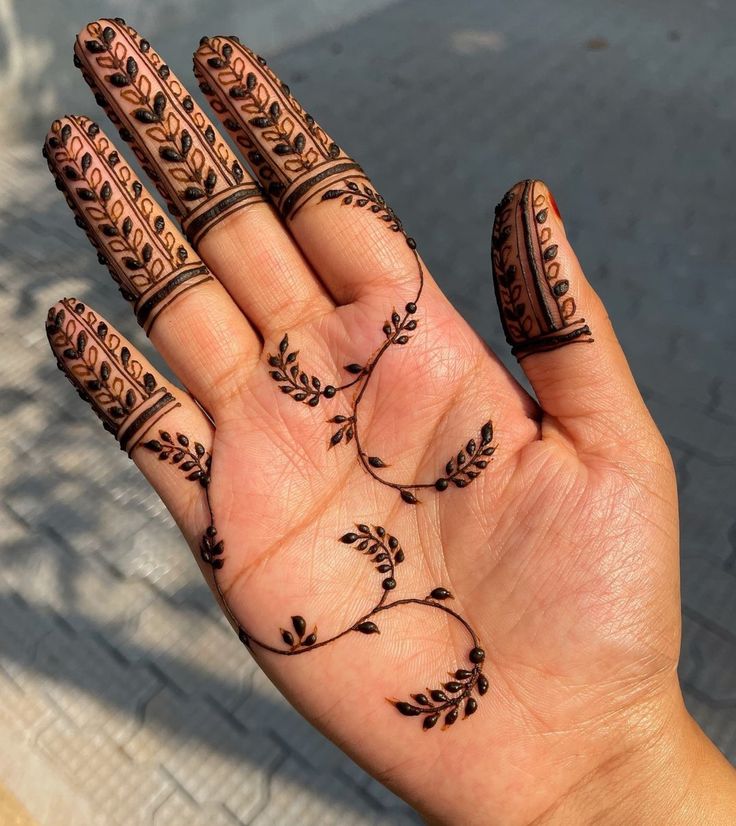 Credit: Pinterest
Credit: Pinterest
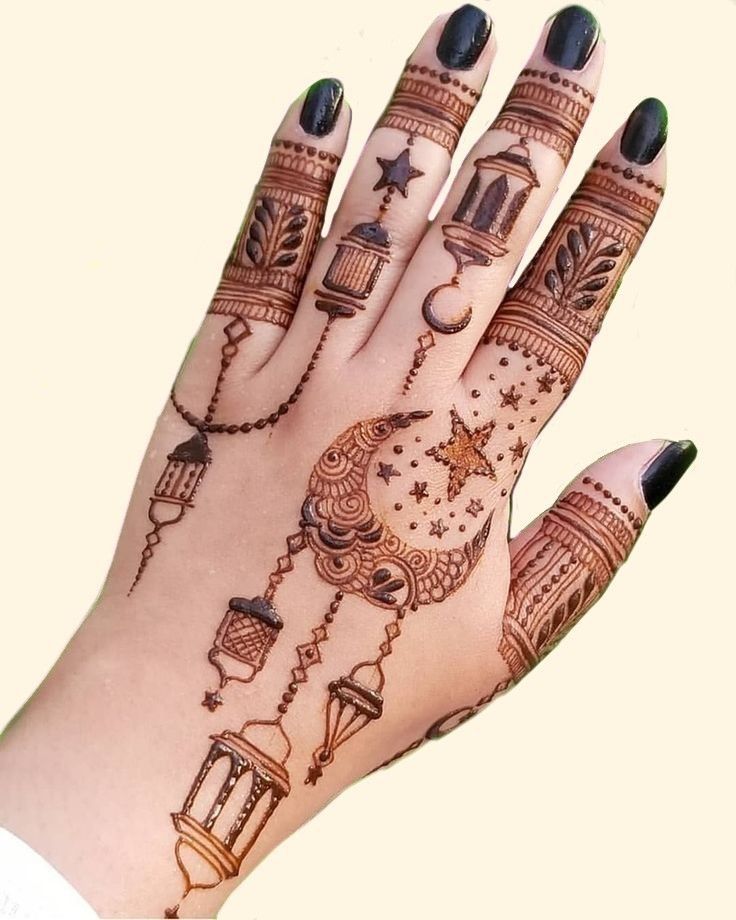 Credit: Pinterest
Credit: Pinterest
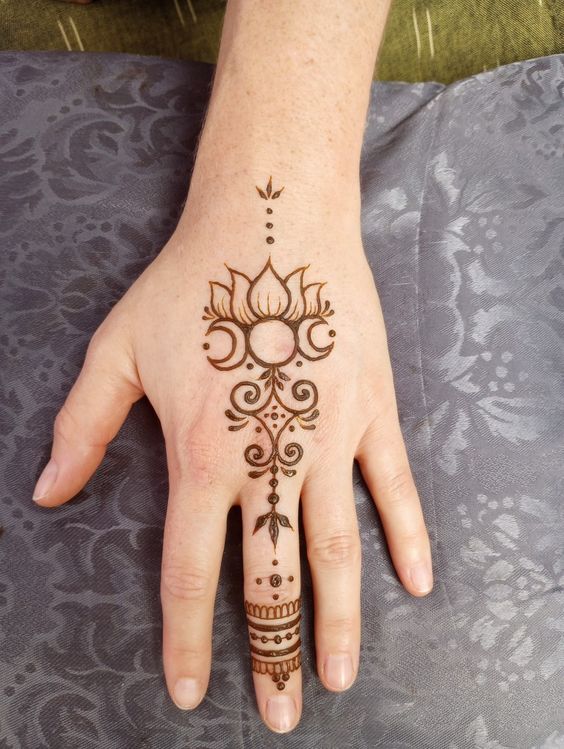 Credit: Pinterest
Credit: Pinterest
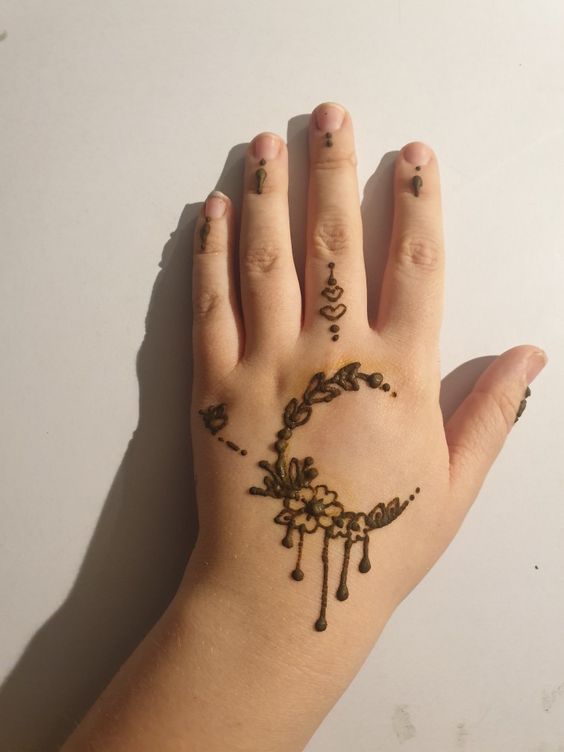 Credit: Pinterest
Credit: Pinterest
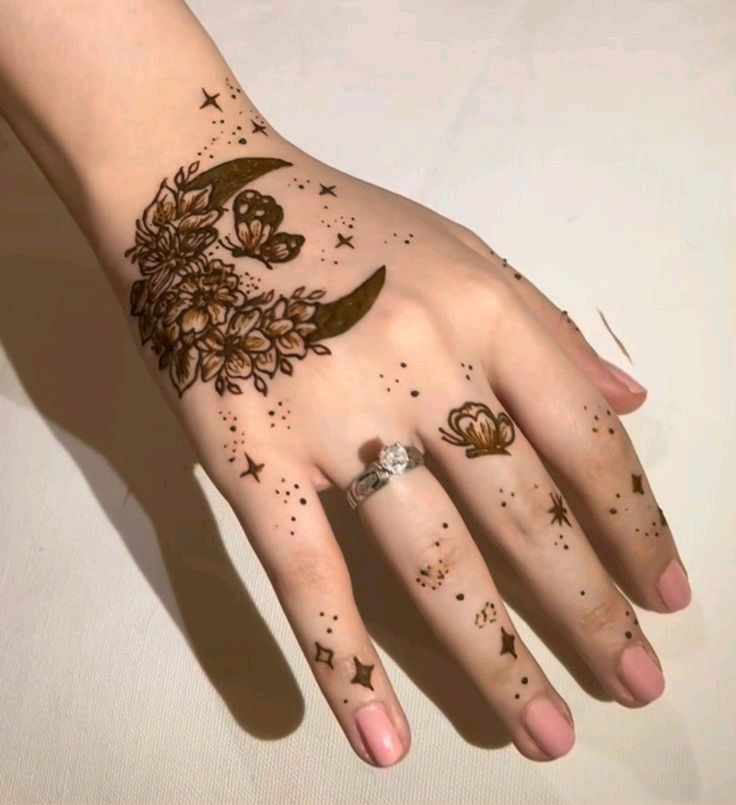 Credit: Pinterest
Credit: Pinterest
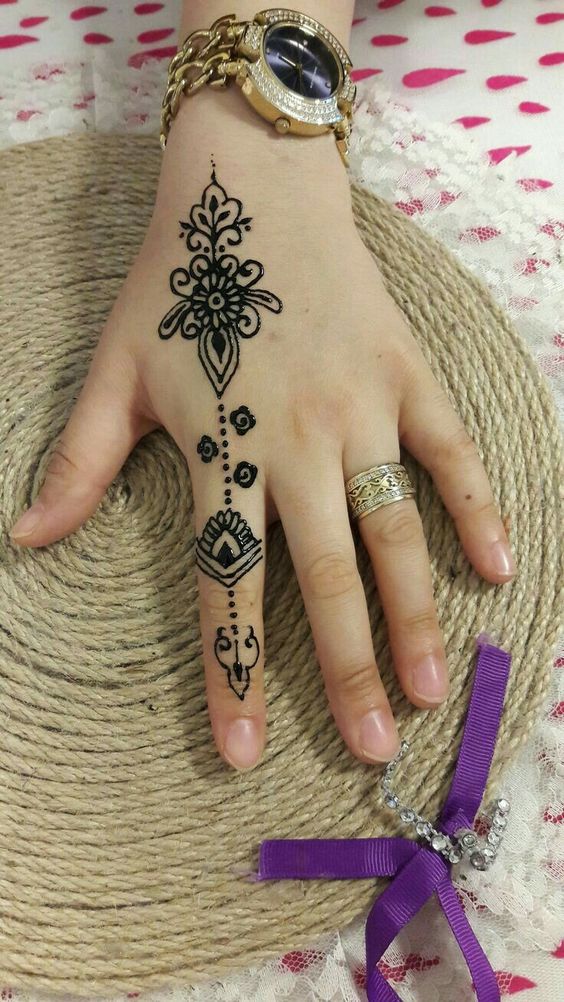 Credit: Pinterest
Credit: Pinterest
Flower with Leaf Henna Tattoo Temporary Body Tattoo Waterproof For Women
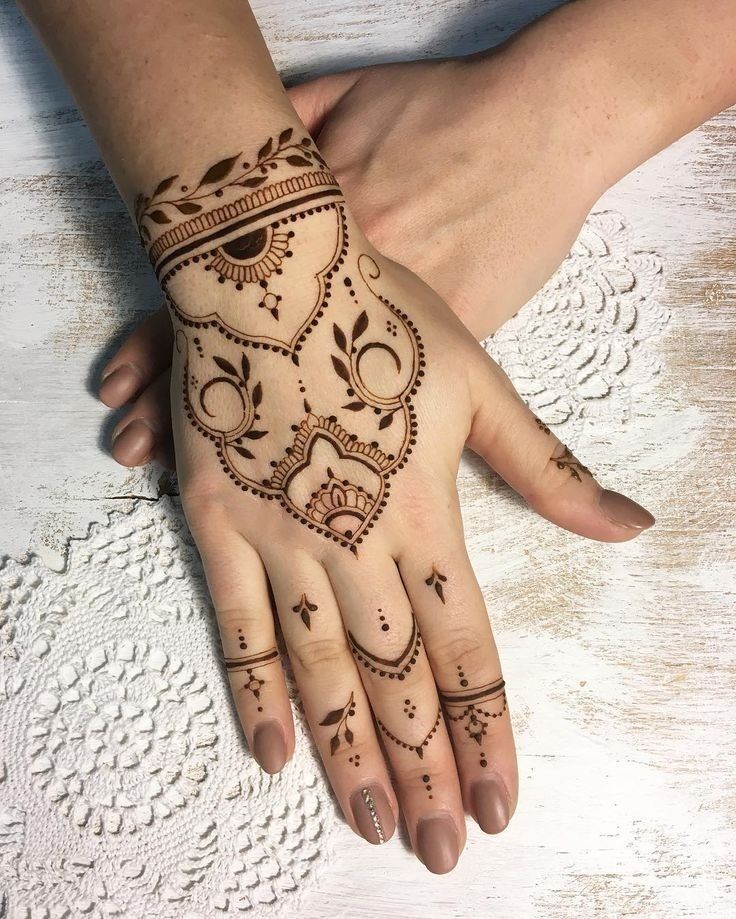 Credit: Pinterest
Credit: Pinterest
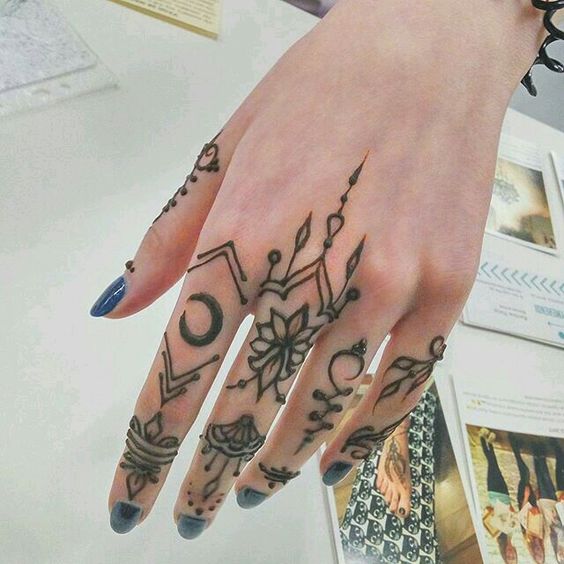 Credit: Pinterest
Credit: Pinterest
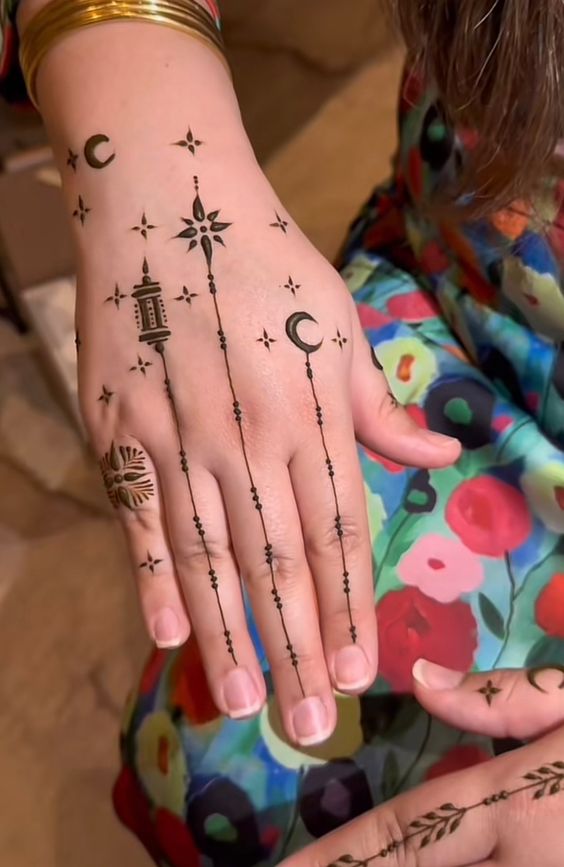 Credit: Pinterest
Credit: Pinterest
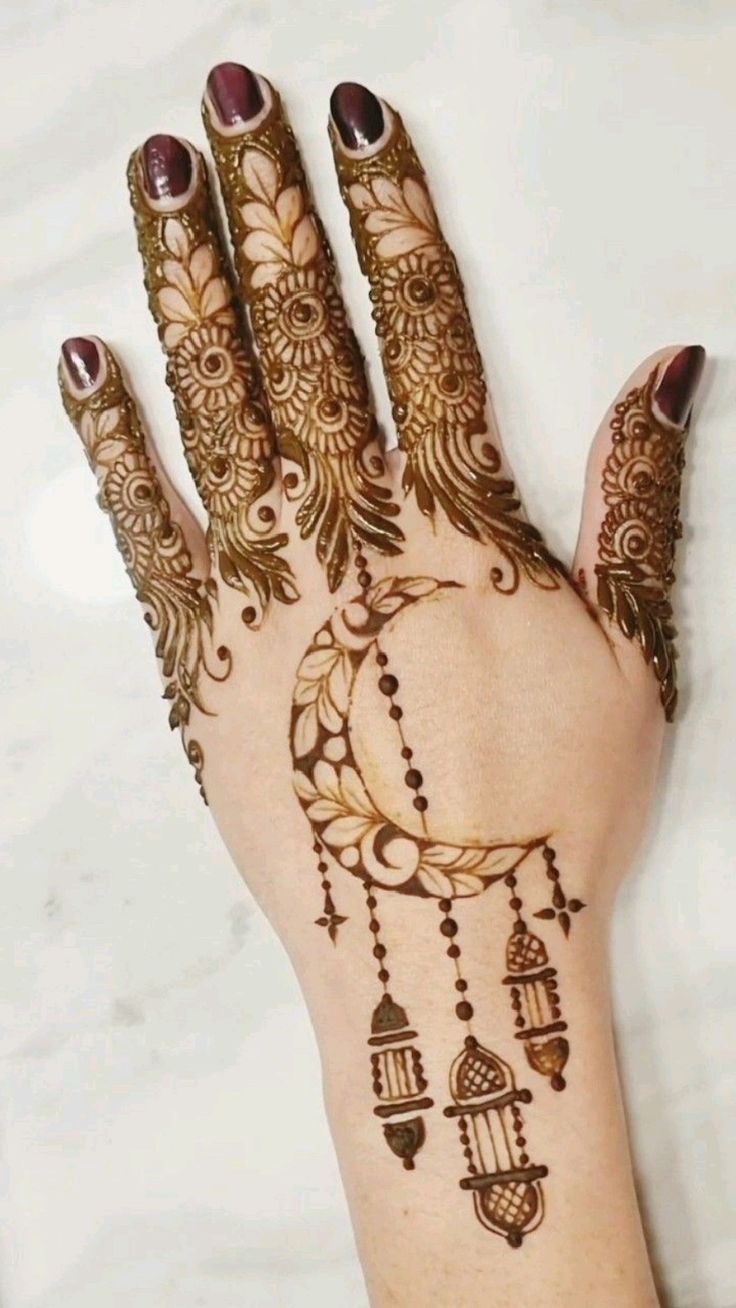 Credit: Pinterest
Credit: Pinterest
Frequently Asked Questions About Special Mehndi Designs for Eid
1. What are special Mehndi designs for Eid?
A. Special Mehndi designs for Eid are intricate and elaborate patterns that are specifically created to celebrate the joyous occasion of Eid. These designs often feature traditional motifs such as floral patterns, paisleys, geometric shapes, and cultural symbols, adorned with fine details and embellishments.
2. What makes Mehndi designs for Eid different from regular Mehndi designs?
A. Mehndi designs for Eid are typically more intricate and elaborate compared to regular Mehndi designs. They often incorporate specific cultural elements and symbols associated with Eid celebrations, such as crescent moons, stars, and Arabic calligraphy featuring phrases like “Eid Mubarak” (Blessed Eid). Additionally, Mehndi designs for Eid may also include elements inspired by festive attire and traditional ornaments.
3. Can you suggest some traditional Mehndi designs for Eid?
A. Certainly! Traditional Mehndi designs for Eid often include Arabic, Indian, and Pakistani styles. Arabic designs typically feature bold floral motifs and geometric patterns, while Indian designs are known for their intricate peacock motifs and paisley patterns. Pakistani designs often combine elements of both Arabic and Indian styles, incorporating fine details and elaborate motifs. Additionally, traditional Mehndi designs for Eid may also include motifs symbolizing blessings, prosperity, and happiness.
4. Are there any modern Mehndi designs suitable for Eid celebrations?
A. Yes, modern Mehndi designs are also popular choices for Eid celebrations. These designs often feature contemporary elements such as geometric shapes, abstract patterns, and negative space. Modern Mehndi designs may also incorporate fusion elements, blending traditional motifs with modern twists to create unique and innovative designs. They offer a fresh and trendy look while still honoring the cultural significance of Mehndi art.
5. How long does Mehndi last, and how can I make it last longer for Eid?
A. The longevity of Mehndi varies depending on factors such as skin type, care practices, and the quality of the henna used. Typically, Mehndi designs last anywhere from one to three weeks. To make your Mehndi last longer for Eid, you can follow these tips:
- Keep your hands and feet clean and dry after applying Mehndi to allow the dye to set properly.
- Avoid washing the Mehndi area for at least 12-24 hours after application.
- Apply a mixture of lemon juice and sugar on the dried Mehndi to enhance the color and longevity.
- Avoid exposure to water, excessive sweating, and friction to prevent premature fading of the Mehndi design.
- Moisturize the Mehndi area regularly to keep the skin hydrated, which can help prolong the lifespan of the design.
By following these tips, you can ensure that your Mehndi design looks vibrant and beautiful throughout the Eid celebrations.
Tips For Darker Shades of Mehndi (Henna) You Can Follow These Tips.
* Choose High-Quality Henna: Use fresh, high-quality henna powder for the best results. Ensure that the henna is finely ground and free from any impurities.
* Add Lemon Juice or Sugar: Mix lemon juice or sugar into the henna paste before applying it. Lemon juice acts as a natural acidic agent, which helps release more dye from the henna, resulting in a darker stain. Sugar helps the paste stick to the skin better and enhances the color.
* Use Essential Oils: Add a few drops of essential oils like eucalyptus, tea tree, or lavender to the henna paste. Essential oils help improve the fragrance of the henna and may also enhance the color intensity.
* Let the Paste Rest: After preparing the henna paste, let it sit for several hours or overnight. Allowing the paste to rest helps release more dye and intensifies the color.
* Keep the Paste Moist: Once you’ve applied the henna paste on your skin, keep it moist by spraying a mixture of lemon juice and sugar on the design. Cover the design with tissue paper and seal it with medical tape to retain moisture. This helps the henna stain darker and last longer.
* Keep the Paste on Longer: Leave the henna paste on your skin for as long as possible, preferably 6-8 hours or overnight. The longer the paste remains on the skin, the darker the stain will be.
* Keep Warm: Heat can help intensify the color of the henna stain. After applying the paste, wrap the design with plastic wrap or use a heat source like a hot water bottle to keep the area warm. Be cautious not to apply too much heat to avoid discomfort.
* Seal the Design: Once the henna paste has dried, you can seal the design by applying a mixture of lemon juice and sugar over it. This helps keep the paste moist and allows for a deeper stain.
* Avoid Washing Immediately: Avoid washing the henna design with water immediately after removing the paste. Wait for at least 12-24 hours before washing the area to allow the stain to fully develop.
* Moisturize Regularly: After removing the henna paste and washing the area, moisturize your skin regularly with natural oils like coconut or olive oil. Moisturized skin retains the henna stain better and prolongs its longevity.
By following these tips, you can achieve darker shades of mehndi with a long-lasting and vibrant stain. Remember to conduct a patch test before applying henna paste extensively to ensure you’re not allergic to any ingredients.
1O Simple Ways HOW To Remove Mehndi (Henna) Stains at Home You Can Try The Following Methods.
1. Exfoliation: Use a gentle exfoliating scrub or a mixture of sugar and lemon juice to scrub the Mehndi stained area. Rub the mixture gently in a circular motion, focusing on the stained areas, to help remove the top layer of skin and fade the stain.
2. Warm Water and Soap: Soak the Mehndi stained area in warm, soapy water for about 10-15 minutes. Use a mild soap or body wash and gently rub the area to help loosen the henna stain. Repeat this process multiple times if necessary.
3. Oil Massage: Apply natural oils like olive oil, coconut oil, or baby oil to the Mehndi stained area and massage gently. Let the oil sit on the skin for about 10-15 minutes to help break down the henna pigment. Afterward, wash the area with warm water and soap.
4. Baking Soda Paste: Mix baking soda with lemon juice or water to create a paste. Apply the paste to the Mehndi stained area and let it sit for 5-10 minutes. Gently scrub the area with a soft brush or washcloth and rinse with warm water.
5. Hydrogen Peroxide Solution: Dilute hydrogen peroxide with an equal amount of water and apply it to the Mehndi stained skin using a cotton ball. Let it sit for a few minutes before rinsing it off with warm water. Be cautious when using hydrogen peroxide, as it can cause skin irritation for some individuals.
6. Exposure to Chlorine: If you have access to a swimming pool, soaking in chlorinated water may help fade Mehndi stains over time. However, be mindful of the potential drying effects of chlorine on the skin, and moisturize the area afterward.
7. Scrubbing with Toothpaste: Apply a small amount of toothpaste (preferably whitening toothpaste) to the Mehndi stained area and gently scrub with a soft toothbrush. Rinse with warm water afterward.
8. Vinegar Solution: Mix equal parts of vinegar and water and apply the solution to the Mehndi stained skin using a cotton ball. Let it sit for a few minutes before rinsing it off with warm water.
9. Sun Exposure: Exposing the Mehndi stained area to sunlight may help fade the stain over time. However, be cautious of prolonged sun exposure, especially if you have sensitive skin, and always apply sunscreen to protect your skin.
10. Commercial Mehndi Removers: There are also commercial Mehndi removers available in the market that are specifically formulated to fade henna stains. Follow the instructions provided on the product packaging for best results.
It’s important to note that Mehndi stains naturally fade over time as the skin exfoliates, so be patient if the stain doesn’t completely disappear immediately. Additionally, always moisturize the skin after trying any of these methods to prevent dryness and irritation. If you experience any skin irritation or discomfort, discontinue use and consult a dermatologist.
Caution: You must definitely do a patch test and check for allergic reactions before you try this technique. If it works for you, make sure you moisturize your hands well after you use it.
Which Things To Avoid When Removing Mehndi (Henna) At Home.
When removing Mehndi (henna) at home, it’s important to avoid certain practices to prevent skin irritation or damage. Here are some things to avoid when removing Mehndi at home:
* Avoid Harsh Scrubbing: While gentle exfoliation can help fade Mehndi stains, avoid scrubbing the skin too vigorously. Harsh scrubbing can irritate the skin and may even cause abrasions or cuts.
* Avoid Using Abrasive Materials: Refrain from using rough materials such as loofahs, rough washcloths, or abrasive exfoliating scrubs on the Mehndi stained skin. Opt for gentler exfoliation methods to avoid irritation.
* Avoid Using Hot Water: Avoid using hot water when attempting to remove Mehndi stains, as it can further set the stain into the skin. Instead, use lukewarm or cool water for washing the area.
* Avoid Prolonged Exposure to Chemicals: While certain chemical solutions like hydrogen peroxide or commercial Mehndi removers can help fade Mehndi stains, avoid leaving them on the skin for an extended period. Follow the recommended instructions and rinse off the solution promptly to prevent skin irritation.
* Avoid Abrasive Chemicals: Refrain from using harsh chemicals or household cleaners on the skin to remove Mehndi stains. These chemicals can cause skin irritation, allergic reactions, or even chemical burns.
* Avoid Excessive Sun Exposure: While some sunlight exposure may help fade Mehndi stains over time, avoid prolonged or excessive sun exposure on the Mehndi stained skin. Overexposure to sunlight can lead to sunburns, skin damage, and premature aging.
* Avoid Using Bleach: Never use bleach or bleach-based products on the skin to remove Mehendi stains. Bleach is a harsh chemical that can cause severe skin irritation, burns, and damage.
* Avoid Rubbing Alcohol or Nail Polish Remover: While these products may be effective in removing stains from other surfaces, they are not suitable for use on the skin. Rubbing alcohol and nail polish remover can cause dryness, irritation, and damage to the skin.
* Avoid Abrasive Hair Removal Methods: Avoid using abrasive hair removal methods such as waxing, sugaring, or depilatory creams on the Mehndi stained skin. These methods can remove the top layer of skin along with the Mehendi, leading to irritation and potential scarring.
* Avoid Using Unverified Home Remedies: Refrain from using unverified home remedies or DIY solutions that may contain harsh or potentially harmful ingredients. Stick to gentle and safe methods recommended by dermatologists or experienced professionals.
By avoiding these practices, you can safely and effectively remove Henna (Mehndi) stains at home without causing harm to your skin. If you experience any skin irritation, discomfort, or adverse reactions, discontinue the removal method and consult a dermatologist for further guidance.


